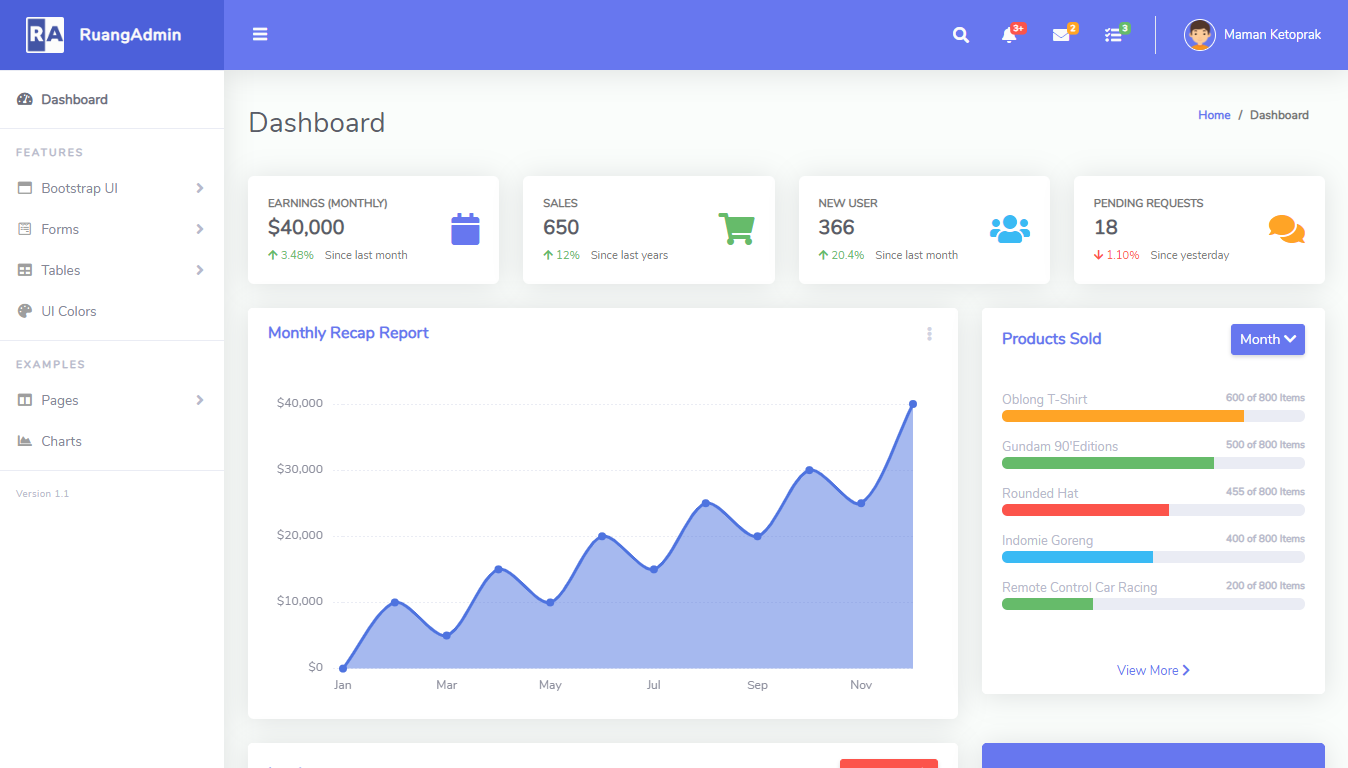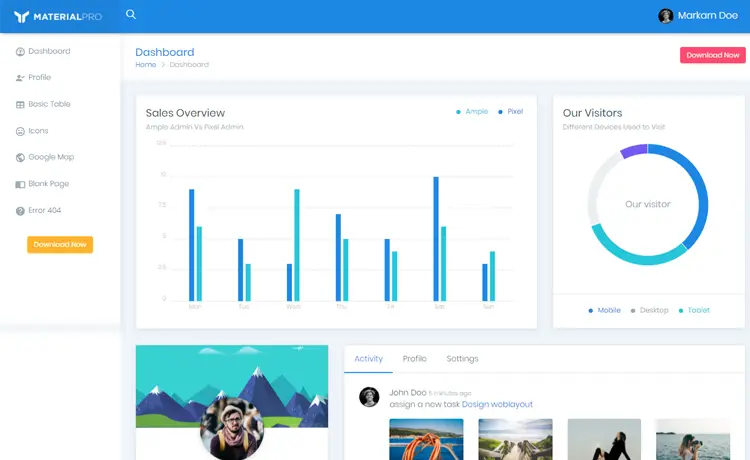How to Add a custom InputFormatter in ASP.NET Core
By Tan Lee Published on Feb 10, 2025 564
If you need a custom InputFormatter that processes application/xml requests. This formatter will convert the XML data into a MyModel object.
Steps:
- Subclass the
InputFormatterclass. - Specify the Content-Type the formatter will handle (e.g.,
application/xml). - Deserialize the request body into the model.
- Register the formatter in the application's services.
Custom InputFormatter
For example:
using Microsoft.AspNetCore.Mvc.Formatters;
using System.IO;
using System.Text;
using System.Threading.Tasks;
using System.Xml.Serialization;
public class XmlModelInputFormatter : InputFormatter
{
public XmlModelInputFormatter()
{
// Specify the Content-Type(s) this InputFormatter can handle
SupportedMediaTypes.Add("application/xml");
}
public override async Task<InputFormatterResult> ReadRequestBodyAsync(InputFormatterContext context)
{
using (var reader = new StreamReader(context.HttpContext.Request.Body, Encoding.UTF8))
{
var xmlContent = await reader.ReadToEndAsync();
// Deserialize the XML into your model (assumes MyModel is your target model)
var serializer = new XmlSerializer(typeof(MyModel));
using (var stringReader = new StringReader(xmlContent))
{
var result = (MyModel)serializer.Deserialize(stringReader);
return InputFormatterResult.Success(result);
}
}
}
protected override bool CanReadType(Type type)
{
// Specify the model type this InputFormatter can handle
return type == typeof(MyModel);
}
}Register the Formatter
In the Program.cs or Startup.cs, add the custom input formatter to the application's services:
var builder = WebApplication.CreateBuilder(args);
// Add custom InputFormatter to the service collection
builder.Services.AddControllers(options =>
{
options.InputFormatters.Add(new XmlModelInputFormatter());
});
var app = builder.Build();
app.MapControllers();
app.Run();Use the Formatter in a Controller
[HttpPost()]
[Consumes("application/xml")] // Only accept XML Content-Type for this action
public IActionResult Post([FromBody] MyModel model)
{
return Ok($"Received model with Id: {model.Id} and Name: {model.Name}");
}You can test this functionality by sending the following XML request to your API endpoint (e.g., /api/my-model):
POST /api/my-model
Content-Type: application/xml
<MyModel> <Id>123</Id> <Name>Test Model</Name> </MyModel>
Response:
If the deserialization is successful, you would receive an OK response with a message like:
Received model with Id: 123 and Name: Test Model
Handling Errors:
To handle errors during deserialization, you can modify the formatter to check for invalid XML and add custom error messages:
public override async Task<InputFormatterResult> ReadRequestBodyAsync(InputFormatterContext context)
{
try
{
using (var reader = new StreamReader(context.HttpContext.Request.Body, Encoding.UTF8))
{
var xmlContent = await reader.ReadToEndAsync();
var serializer = new XmlSerializer(typeof(MyModel));
using (var stringReader = new StringReader(xmlContent))
{
var result = (MyModel)serializer.Deserialize(stringReader);
return InputFormatterResult.Success(result);
}
}
}
catch (Exception ex)
{
context.ModelState.TryAddModelError("Body", "Invalid XML format.");
return InputFormatterResult.Failure();
}
}If the XML is invalid, the API would return a 400 Bad Request response with error details:
{
"type": "https://tools.ietf.org/html/rfc7231#section-6.5.1",
"title": "One or more validation errors occurred.",
"status": 400,
"traceId": "some-trace-id",
"errors": {
"Body": [
"Invalid XML format."
]
}
}This way, you can customize how your API deserializes requests and provide better error handling for non-standard content types like application/xml.
- Implement security headers for an ASP.NET Core
- How to Initialize TagHelpers in ASP.NET Core with Shared Data
- Boost Your ASP.NET Core Website Performance with .NET Profiler
- The name 'Session' does not exist in the current context
- Implementing Two-Factor Authentication with Google Authenticator in ASP.NET Core
- How to securely reverse-proxy ASP.NET Core
- How to Retrieve Client IP in ASP.NET Core Behind a Reverse Proxy
- Only one parameter per action may be bound from body in ASP.NET Core





